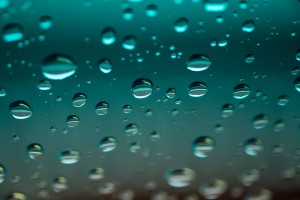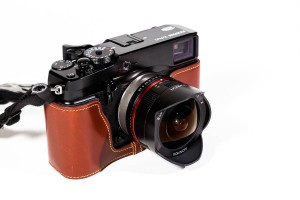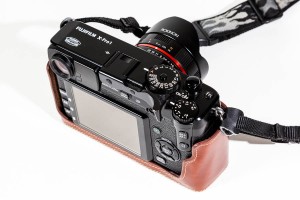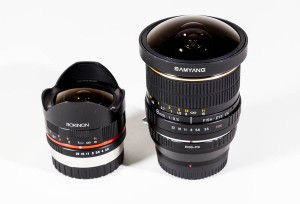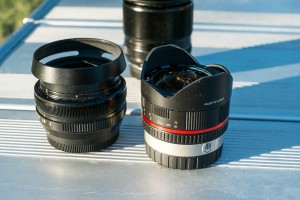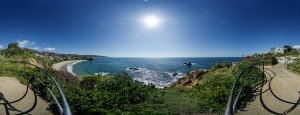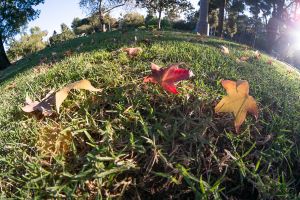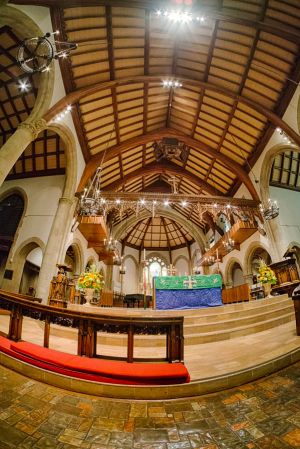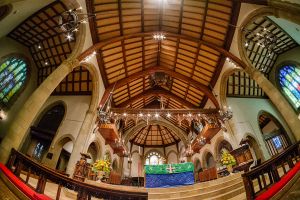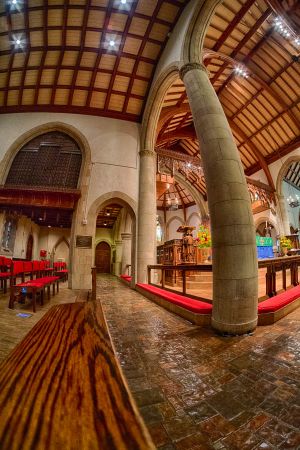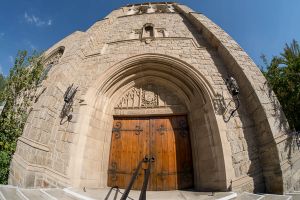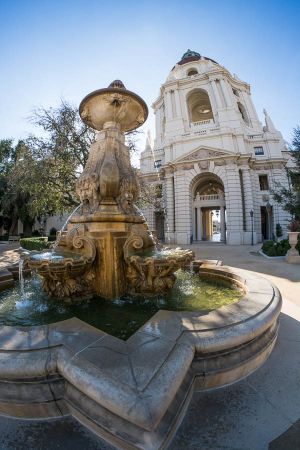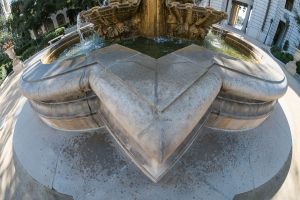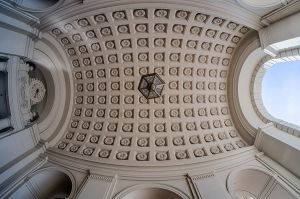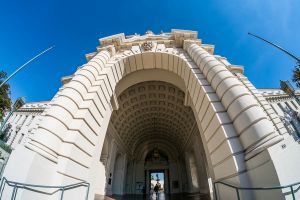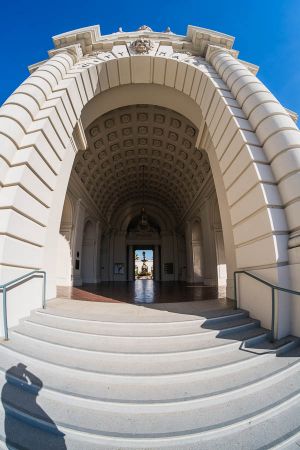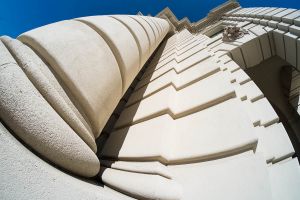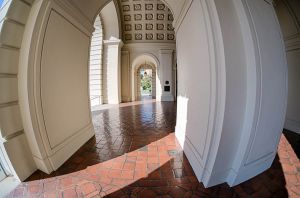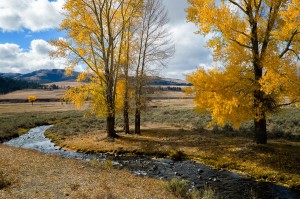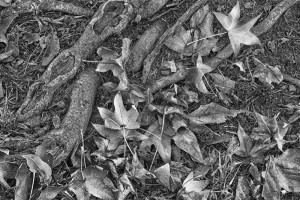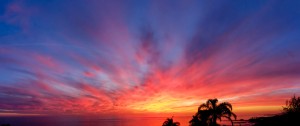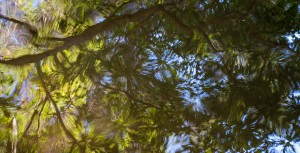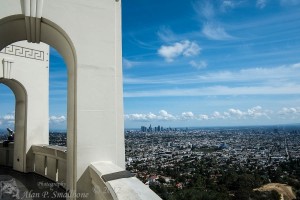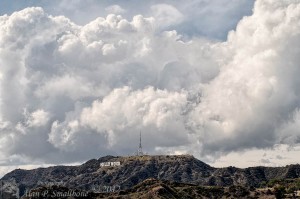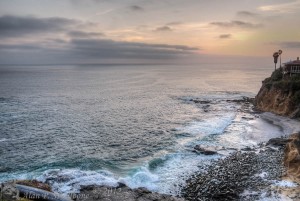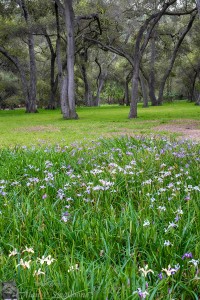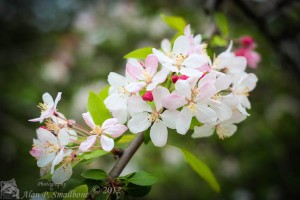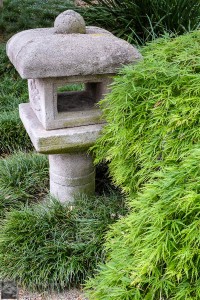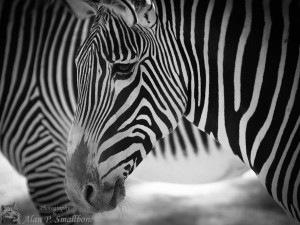Well a few days ago it was 90 degrees outside, and today it has been raining on and off and been cool and they are predicting snow at the higher elevations…nothing like extremes. I was driving home today and stopped at a convenience store for soda and the rain started up, and saw the drops on my windshield. The blue color is from a sign hanging on the wall of the building. Fuji X-Pro 1 and 60mm macro lens at f2.4. Enjoy.
-
Recent Topics
Calendar
May 2024 M T W T F S S 1 2 3 4 5 6 7 8 9 10 11 12 13 14 15 16 17 18 19 20 21 22 23 24 25 26 27 28 29 30 31 Categories
Tags
Astronomy astrophotography AZ CA Colorado commentary composition desert Eastern Sierra ebook fall fall colors flowers Fuji X-series gardens gear HDR image of the week Laguna Beach landscapes Los Angeles macro moon Mt. Whitney nature night photography opinions Page panorama panoramas photography Printing reviews sandstone sharpening snow Sun sunset Vision winter X-E2 X-Pro 1 X-T1 Yellowstone NP YosemiteRecommended Links

